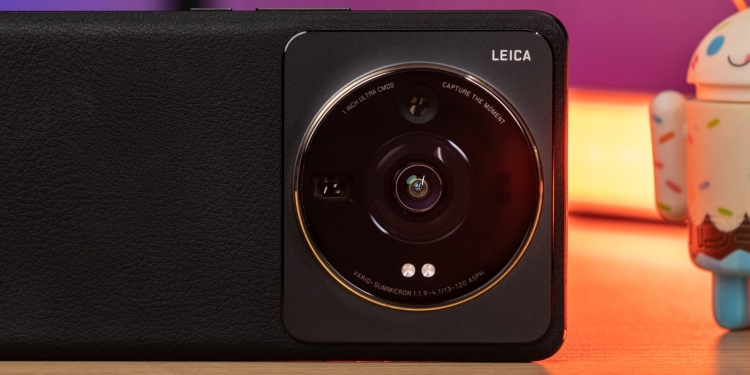When it comes to digital cameras, a bigger sensor usually means a better performing camera—especially when it comes to low light. And this has been the biggest problem with smartphone cameras because they’re tiny so the camera sensors in them also end up tiny.
But every once in a while, someone tries something big, and the most recent company to do that is Xiaomi with their brand new Xiaomi 12S Ultra.
Developed in collaboration with legendary camera maker Leica, they’re the latest phone maker to try cramming a massive camera sensor into their flagship smartphone.
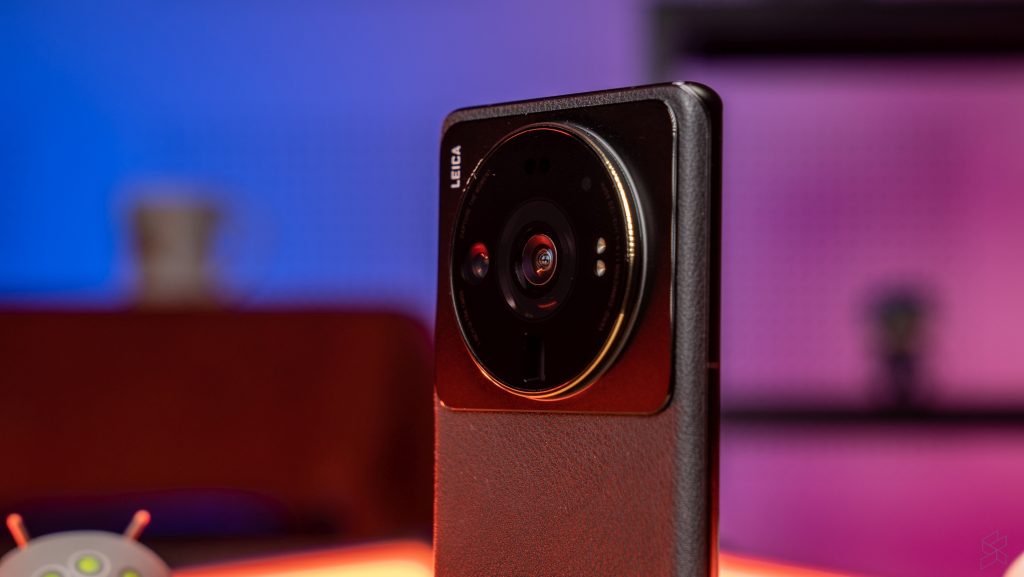
What you end up with is a smartphone with a massive 50MP 1” Sony IMX989 camera sensor. For context, a 1” sensor is what you’d find in an actual camera—something like the Sony RX100—not your average smartphone. The 12S Ultra also features a 48MP ultra wide and 48MP telephoto that offers 5X optical zooming and a max zoom of 120X, but I’m the most interested in what that 1” sensor is capable of.

But what does it mean to have a 1″ sensor? Does it actually make a difference in practical scenarios on a smartphone? Especially since smartphone photography is so often about computational photography where it uses the “brain” of the phone to get great photos. Well, I haven’t gotten a whole lot of time with the Xiaomi 12S Ultra, but I do have it for a couple of hours. I also brought along an iPhone 13 Pro. So, let’s find out.
Yes, even though this smartphone won’t be launching in Malaysia, Xiaomi Malaysia has graciously lent us this smartphone for a couple of hours so obviously I dove head first into the main reason you’d want a big sensor in the first place—better low light. It’s simple: a bigger sensor lets in more light which usually equals better low light photos. But, since smartphones usually have tiny sensors, their solution to this is to rely on the brain of the phone instead.
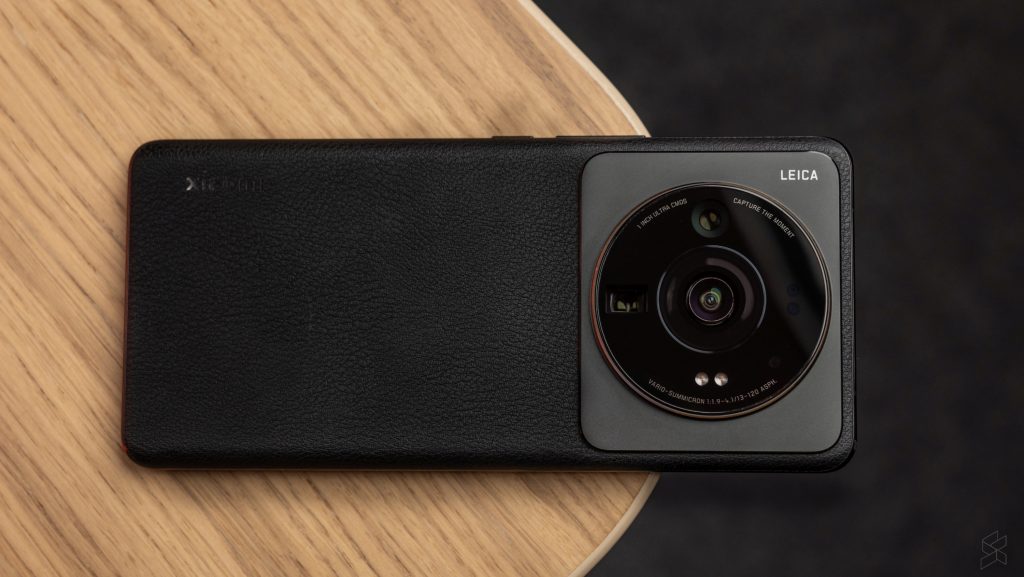
This is where Night Mode comes in where the phone takes controlled long exposure shots often stacking multiple images to produce a single clean image. And in my opinion, it has been one of the biggest advancements in smartphone photography in a long time. This tech has gotten really good, especially on flagship phones like the iPhone 13 Pro. But the thing is, the Xiaomi 12S Ultra’s sensor is about double the size of the one in the iPhone 13 Pro—surely it should perform better.
To simulate real-world shooting, and because I didn’t have a lot of time, I also left everything in auto and let the phones figure out the best settings and night mode durations to use for each scene. All I did was point and shoot.
The Results
I think the Xiaomi 12S Ultra takes some of the most naturally pleasing low light images I’ve ever seen from a smartphone. Major strengths include very low noise, very little sharpening and just a very natural bokeh. Take this shot for example. At first glance it might look like the iPhone photo is just way sharper than the Xiaomi’s, and in a sense that’s true.
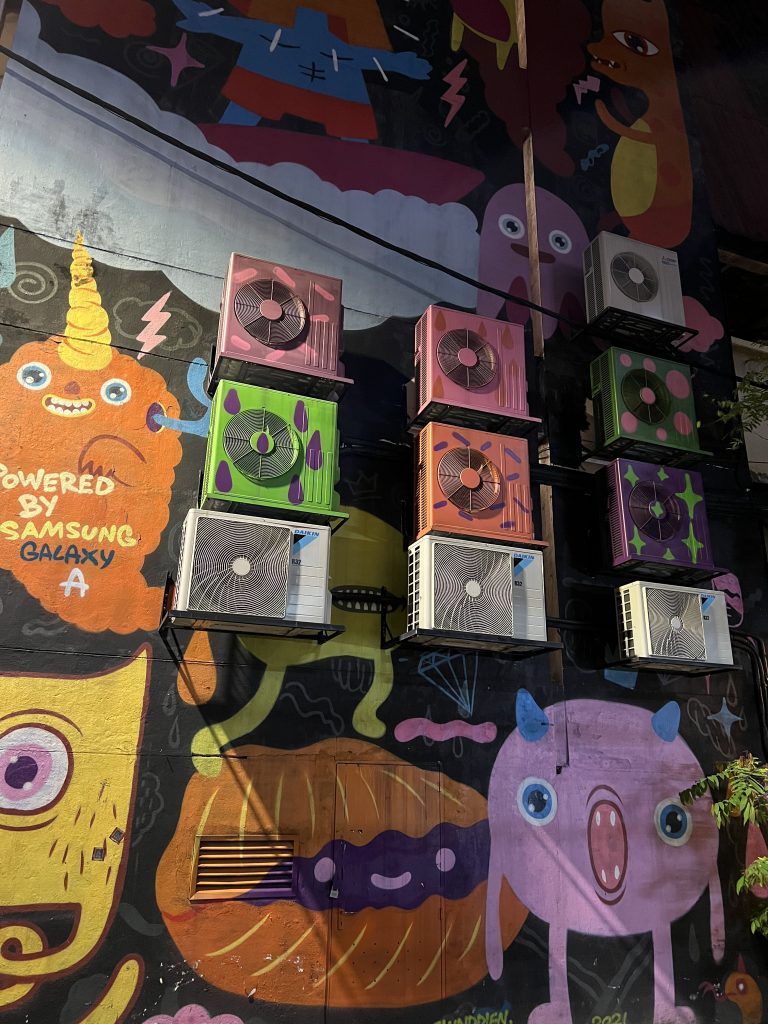
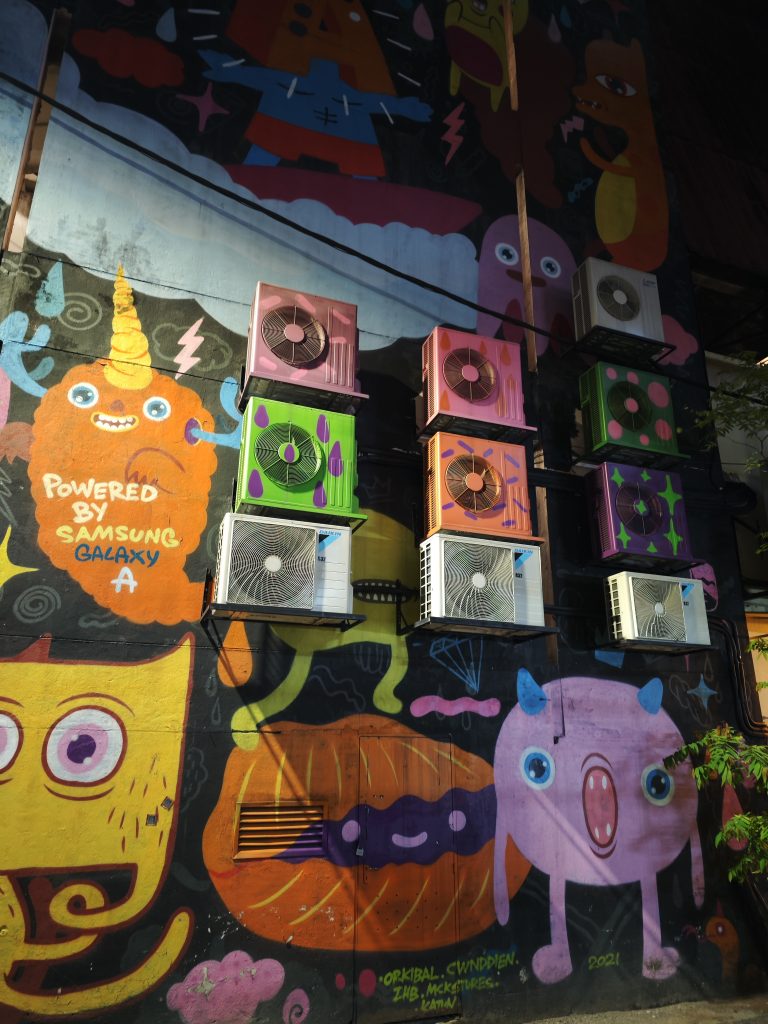
But if you punch in and try to understand why, the iPhone’s sharpness just looks way more artificial to my eyes. The 12S Ultra’s image has this natural smoothness to it while remaining tack sharp—the texture is just so impressive and it’s not something I’m used to seeing from a phone.
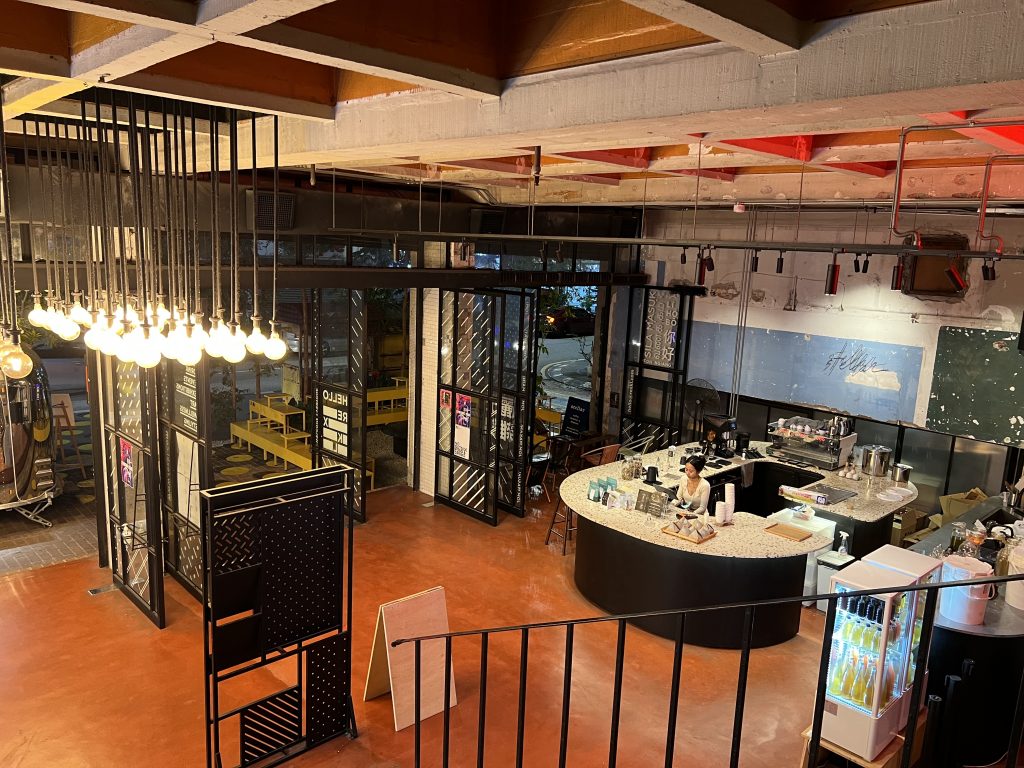

Here you get a great demonstration of just how good the noise level on the 12S Ultra is compared to the iPhone. There is a staggering lack of luminance noise and sharpening in the 12S Ultra’s image which just adds to that natural look. And you’ll see this constantly in image after image, even when the shadows get darker and darker. It’s so impressive.

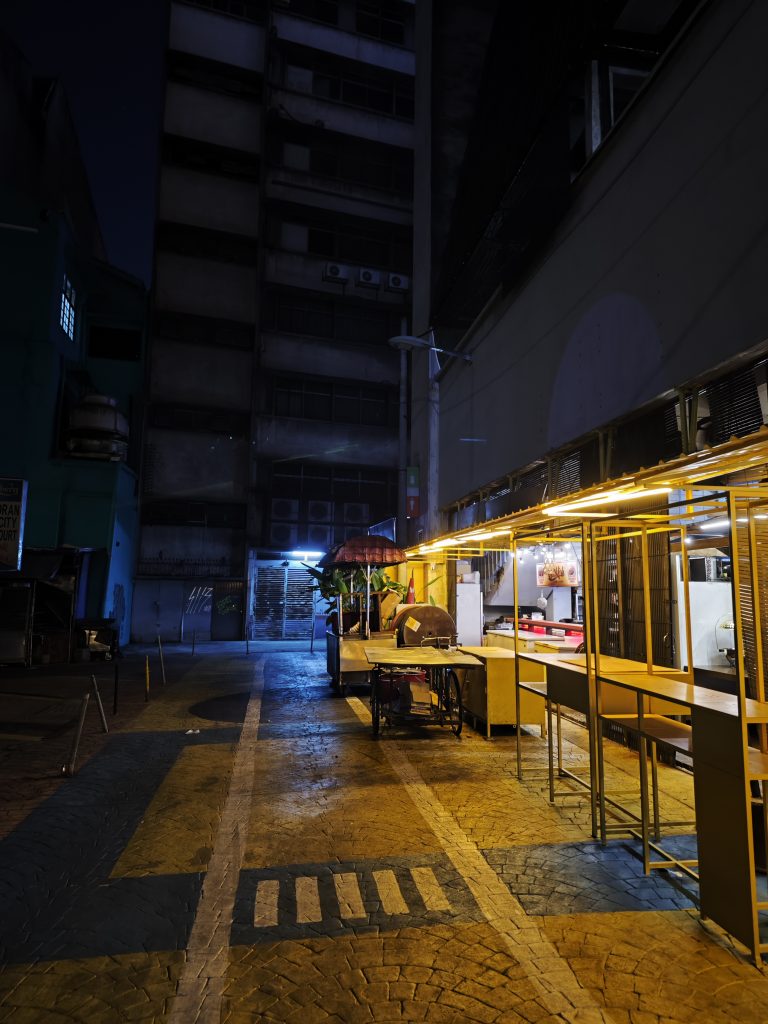
The 12S Ultra is also incredible at highlight control. Just look at how well it retains the colours and even some detail in the neon sign and also the lightbulbs without significantly underexposing the rest of the image.
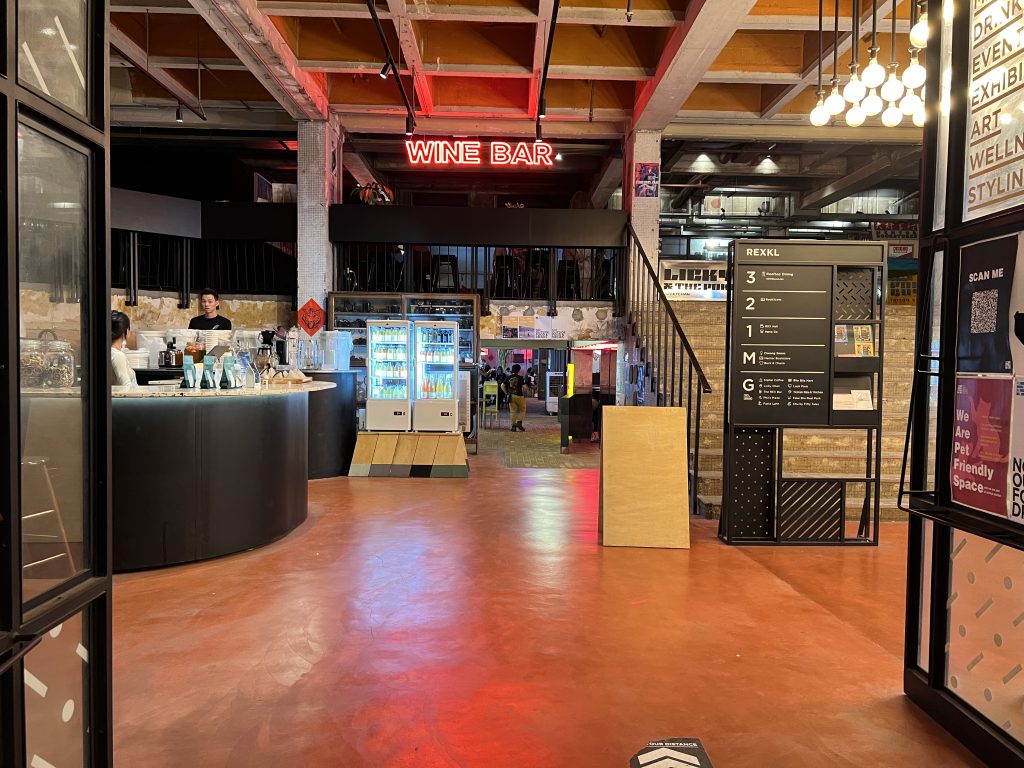
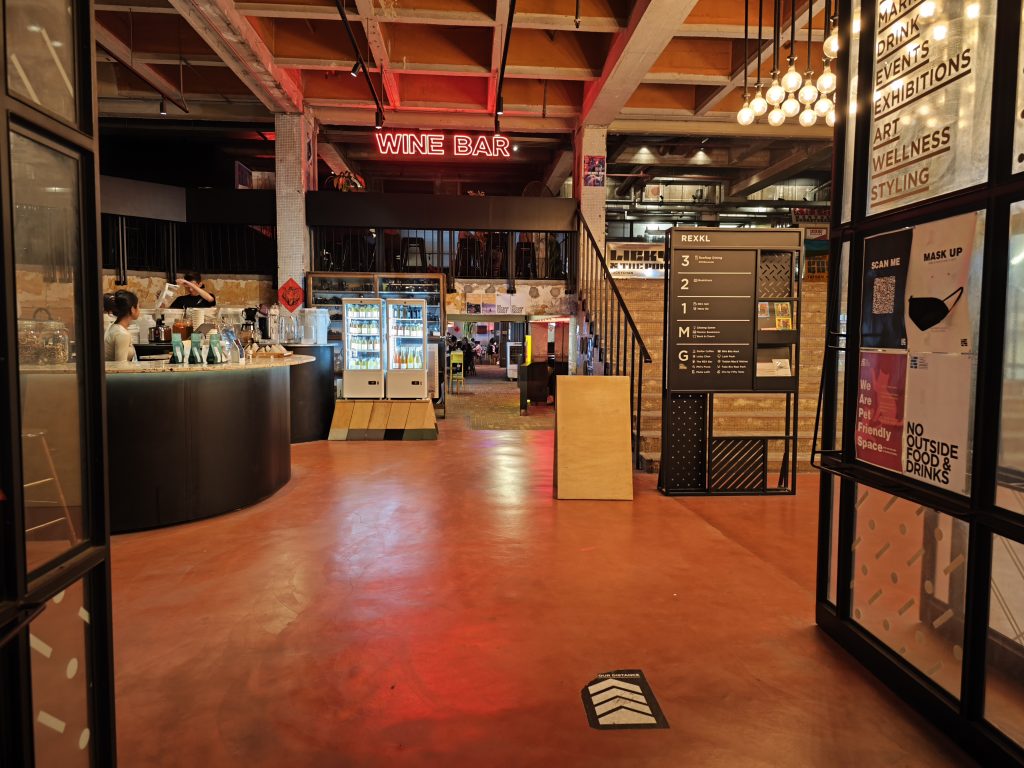
The biggest weakness of Xiaomi’s big sensor however is I think the sheer size of the sensor. While it’s great at giving you really nice natural bokeh and a smooth roll-off, the fact that it’s a smartphone rears its ugly head again. Because there’s no real way to control the physical aperture of the lens, it the shallower depth of field thanks to the larger sensor can sometimes get in the way of the photo.

In this same photo for example, while the neon sign is tack sharp, the information sign on the side is very soft. I suspect it’s because those are too far from the point of focus. This is something you won’t see in the iPhone’s image.
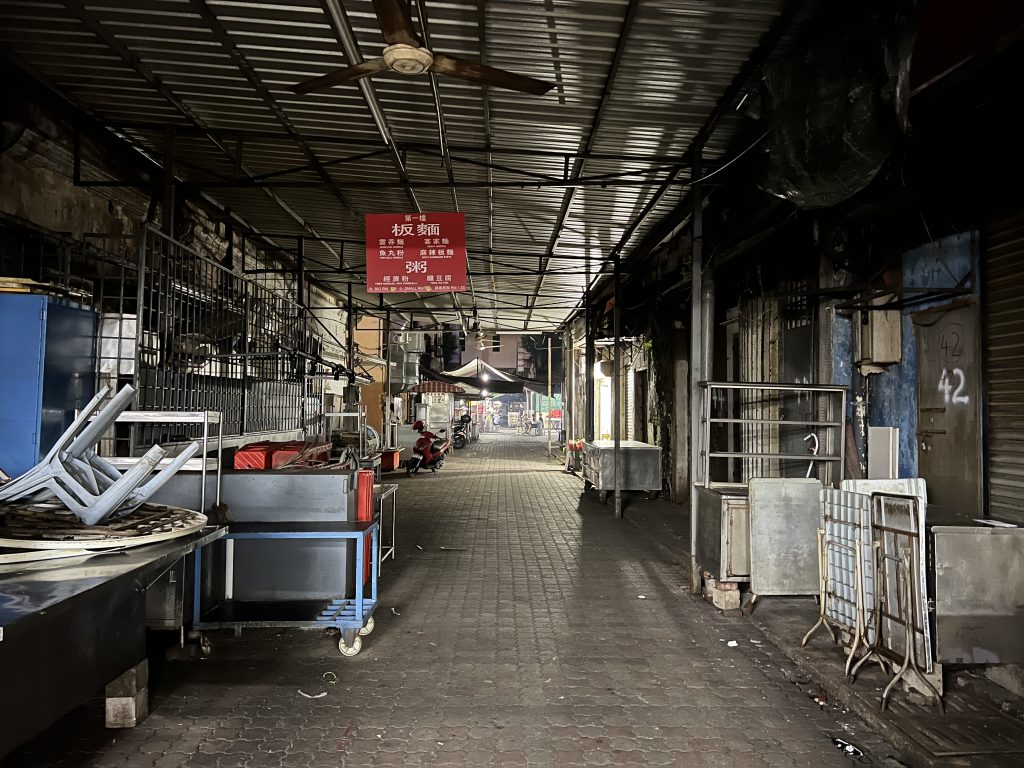
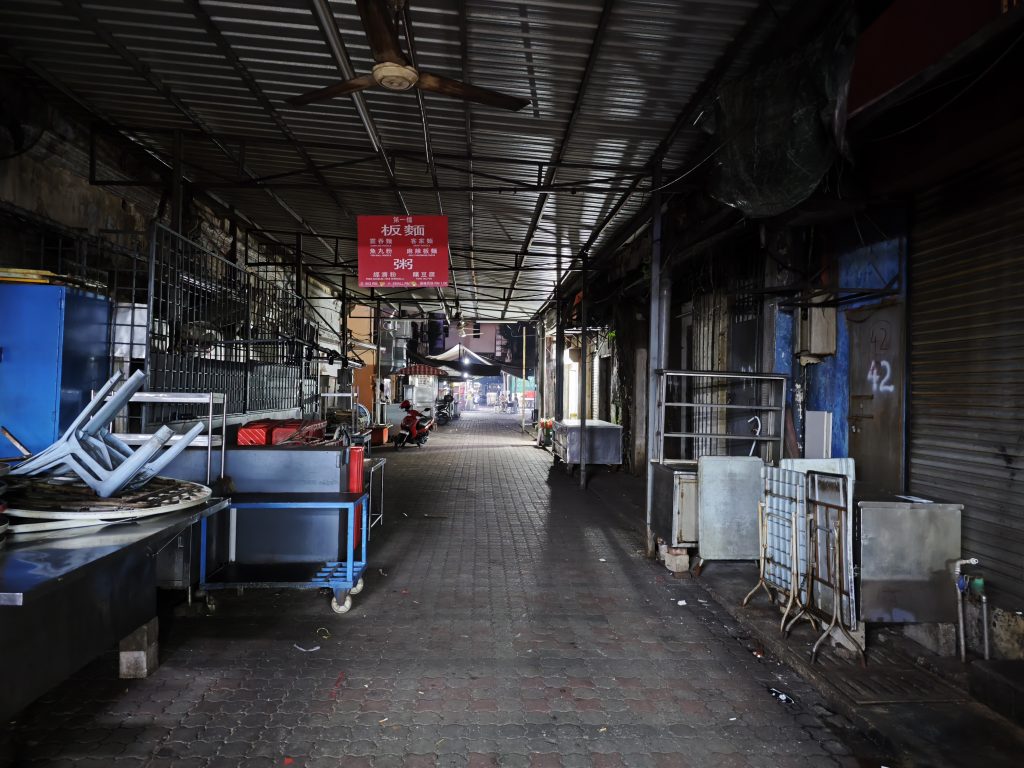
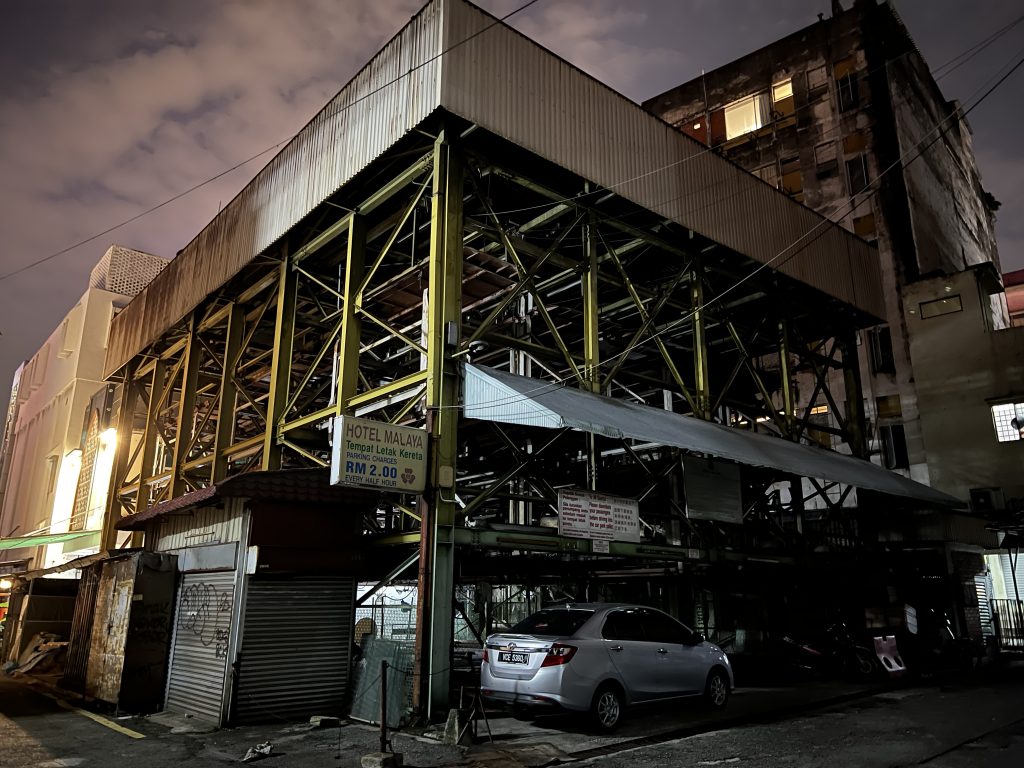
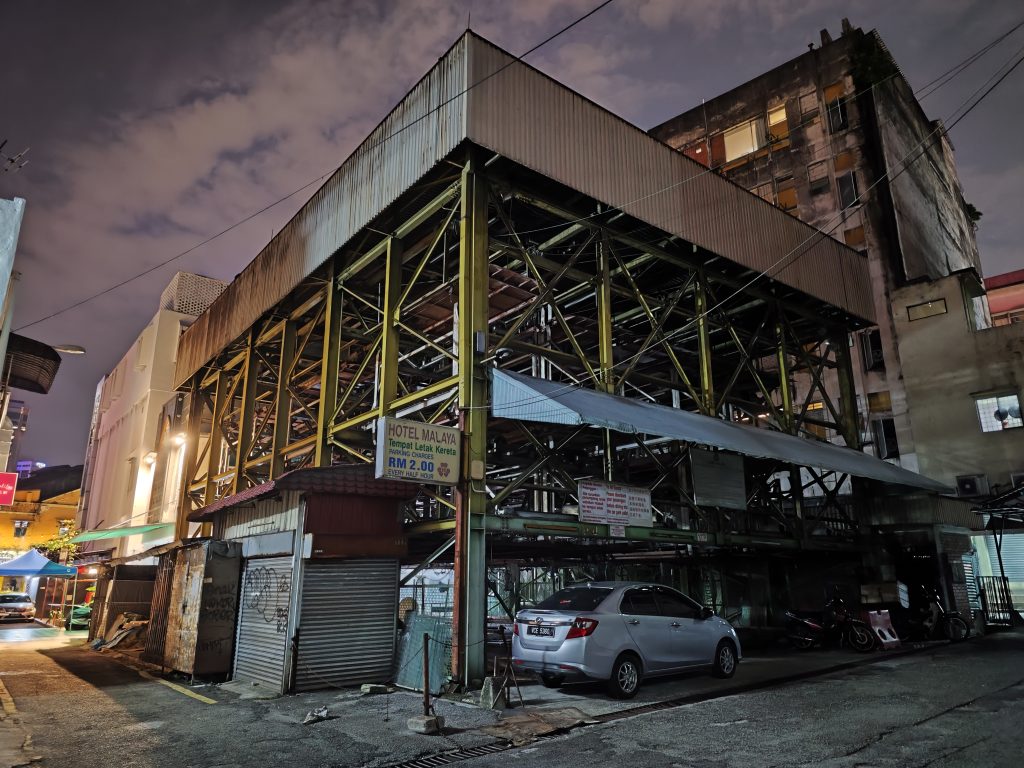
This is a recurring problem especially if the subject is close to the camera or if the thing you’re trying to photograph is not perpendicular. You’ll see a dramatic fall-off in sharpness. But it’s quite hard to argue with how good the photos still are in low light. Just look at how these turned out.
Now, it’s important to remember that this isn’t a super comprehensive test of the phone’s entire camera system. Even with my brief time with the phone I can already see a big problem with the other cameras in the system, notably the inconsistencies with colour between the cameras.
I just wanted to find out what that 1” sensor smartphone could do when you want to take photos in really dark scenarios. And honestly, for this particular purpose, I’m really struggling to think of another phone I’ve used that can do a better job. It’s amazing.

